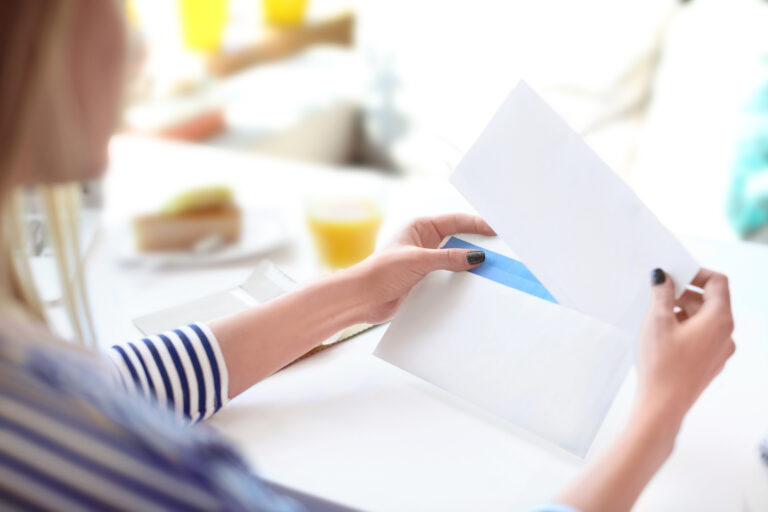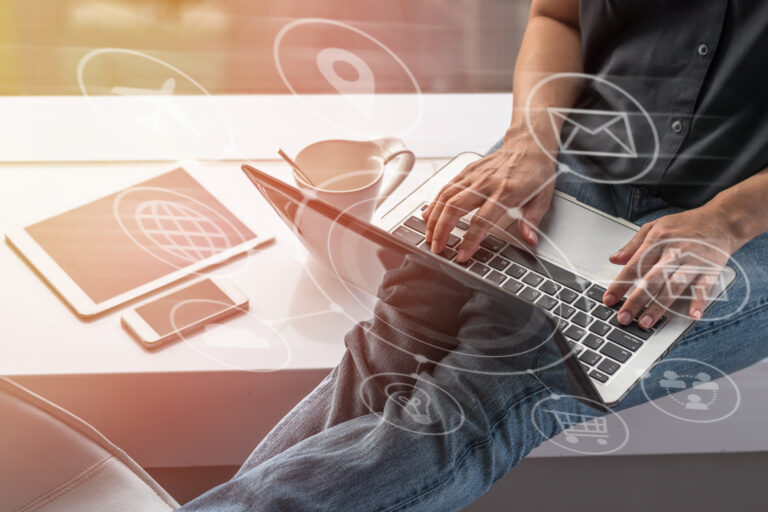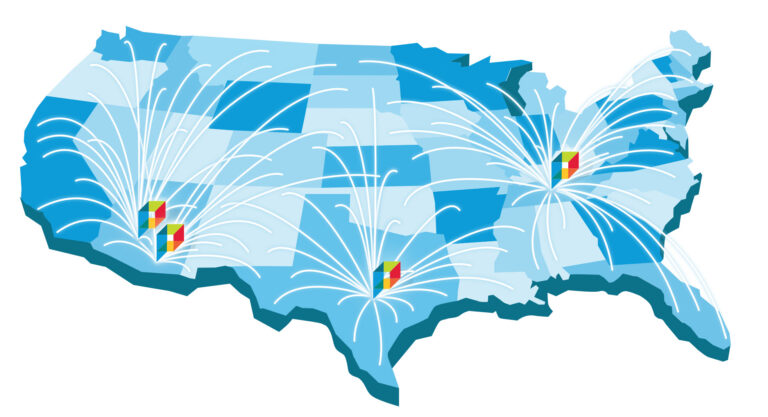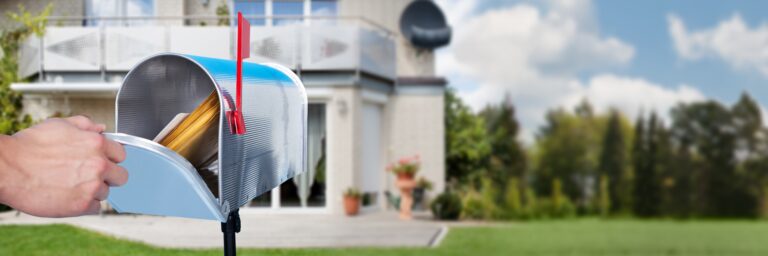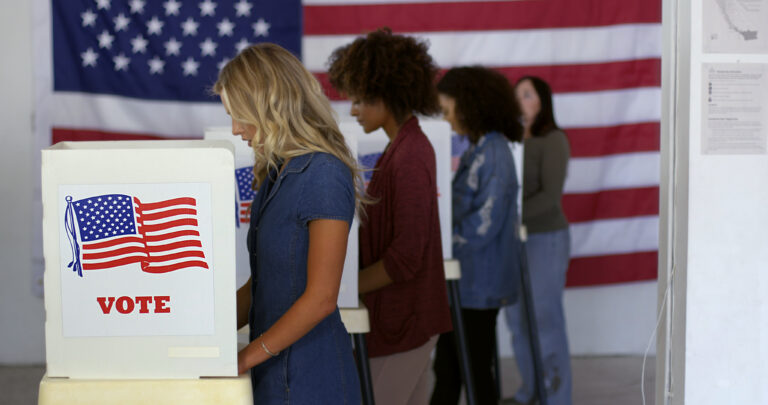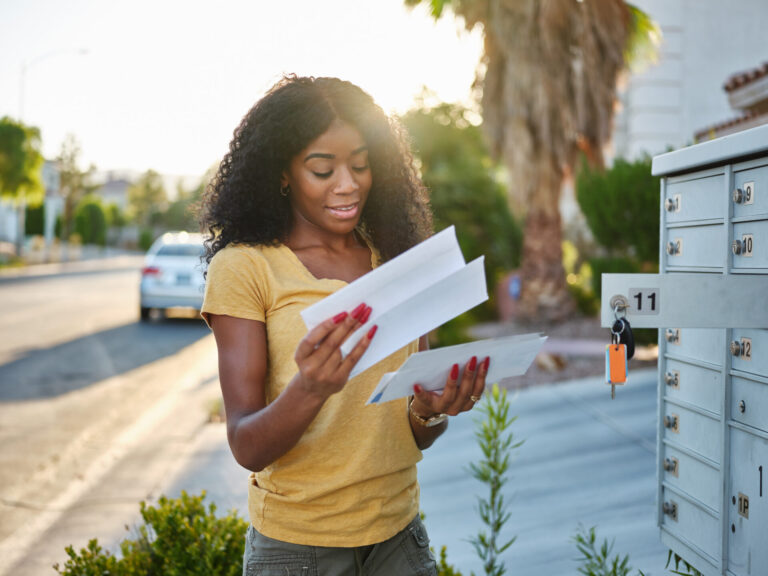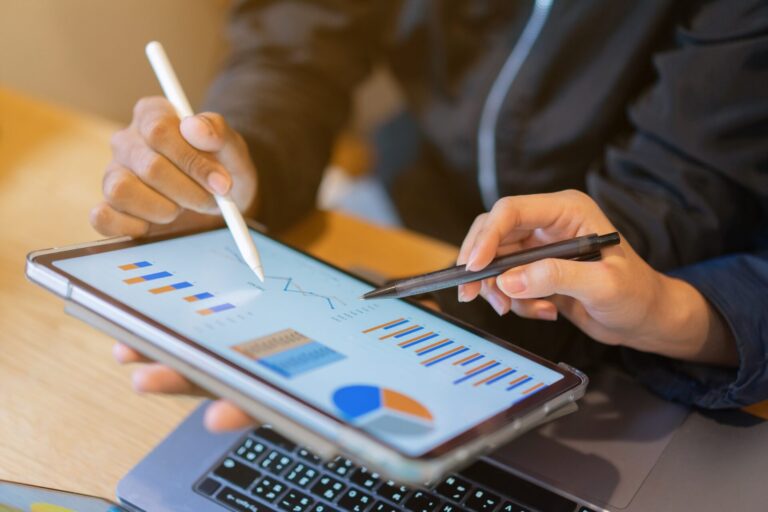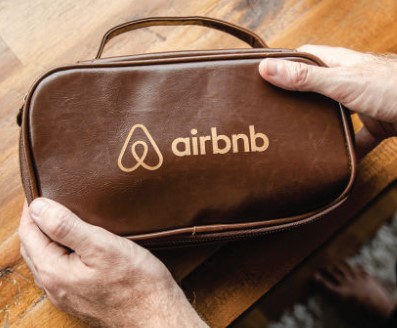For most of us, going out to a restaurant is a similar experience: you walk inside a restaurant, the host guides you to your table, and you are given a menu to look through. You spend time scanning the pages, exploring the unique restaurant dishes, and debating what you will have to eat while conversing with your family, friends, or partner. Recently, this experience looks a little different. You enter the restaurant, are guided to your table by the host, and hear “Do you know how our QR codes work?” The host gestures to a pixelated square on the table and tells you to scan it with the camera on your phone, which pulls up a digital menu board. You scan the code, then spend the beginning of your dining experience staring at your phone screen, switching between emails, social media, and the digital menu board.
A quick response code, more commonly known as a QR code, is a type of barcode that allows users to access a link by scanning a pattern of black and white squares, all from the convenience of their smartphone. Since the beginning of the COVID-19 pandemic, QR codes have seen massive growth in popularity, especially throughout the restaurant industry, offering a “contactless” experience. They have been an effective short-term solution, but is taking away physical menus negatively affecting restaurant goers’ experience?
A Traditional Approach
Living in a state of uncertainty, it is nice to have a sense of familiarity where possible. People want to get out of the house they’ve been trapped in during quarantine and go to the movies, see a concert, or eat out at their favorite restaurant. Now equipped with the knowledge that the risk of catching coronavirus via a contaminated surface is low, the discussion of bringing back physical menus may no longer be one of safety. With QR codes, a customer must use their phone or another smart device to access the digital menu board, tempting them to continue staring at their screen for the continuation of their meal, devaluing the restaurant experience. If people knew they may be on their phones throughout the duration of their meal, many of them would prefer to stay at home.
According to BJ’s CEO, Gregory S. Levin, guests love having physical menus back in their hands as it brings back a sense of normalcy, something everyone has been missing this past year and a half. Not only do customers appreciate the familiarity that printed menus provide, but they appreciate the ease of use as well. A study conducted by YouGov in June 2021 found that 14% of Americans find QR codes difficult to use. A majority of this percentage comes from older Americans, as 20% of adults 65+ find the codes difficult. 18% of adults in this age group had never heard of QR codes, and 23% are not willing to use more in the future. Physical menus ensure all age groups will have an easy and enjoyable experience.
Cost and Effect
One of the reasons that businesses have opted for digital menus is to save money by eliminating printing costs, but physical menus can actually increase profits. Levin mentions that physical menus are worth about $0.70 more per average check at his restaurant. Having this extra money per check balances out the cost of printing and, depending on the traffic of the businesses, this additional revenue may substantially outweigh the costs of having printed menus distributed to customers. If people value having physical menus, providing them may be the reason that they choose to return to your restaurant.
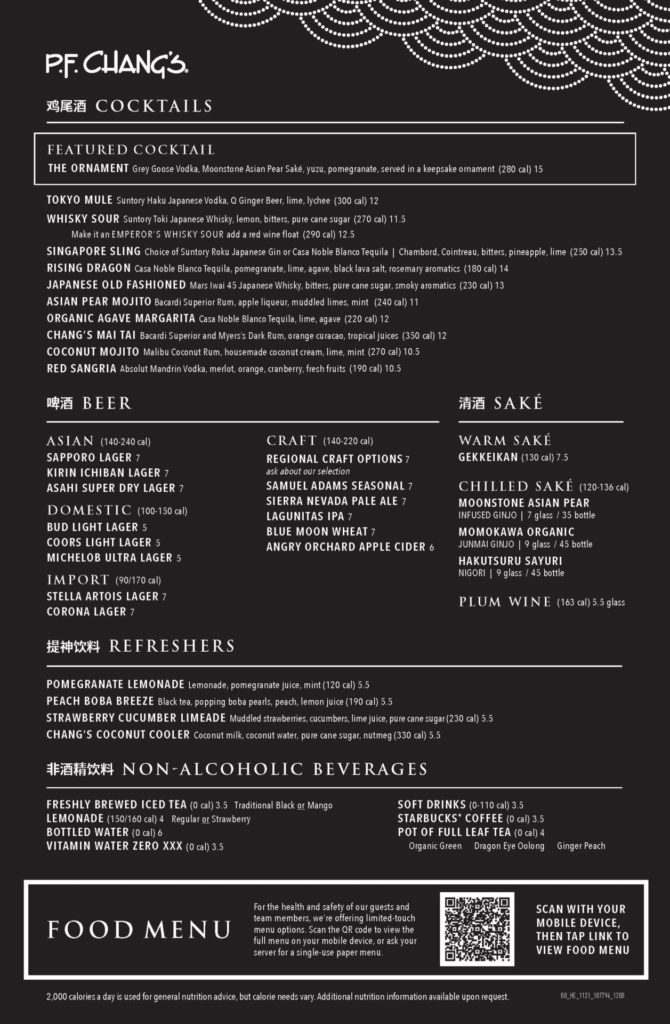
Have you ever been to a trendy restaurant with cool cocktail glasses or funky furniture? You almost can’t help but take a picture to post on social media or send to your friends. The atmosphere of a restaurant is an integral part of the customer’s experience, and menus help create this ambiance. Your restaurant can use different textures, text embossing and debossing, or even foil stamping on your menus to convey your brand identity effectively. Designing a creative menu can also bring in more business to your restaurant. P.F. Chang’s, an Asian casual dining restaurant, addressed the safety concerns over the pandemic by updating their menu with a hybrid approach. They designed a physical, single-use beverage menu that featured a QR code that took customers to their digital food menu. With the help of Prisma’s production and distribution services, these menus were successfully printed and delivered to restaurant locations across the United States. After using these new menus in their restaurants, P.F. Chang’s discovered that presenting only a physical beverage menu boosted their drink sales. This menu not only created a safe and enjoyable experience for their customers, but it also became an innovative sales technique.
Conclusion
At first glance, digital menus may seem like the obvious choice for your business, but customers may not feel the same way. People see the value in having physical menus in front of them. Printed menus are easy to use and add to the atmosphere of your restaurant. They create a sensory experience and trigger an emotional response. Physical menus can also be used as a part of your marketing strategy, and the value of distributing them may outweigh the cost of printing them. From design to printing to distribution, Prisma can help you create the perfect menu for your restaurant. Contact us today to find out how.



